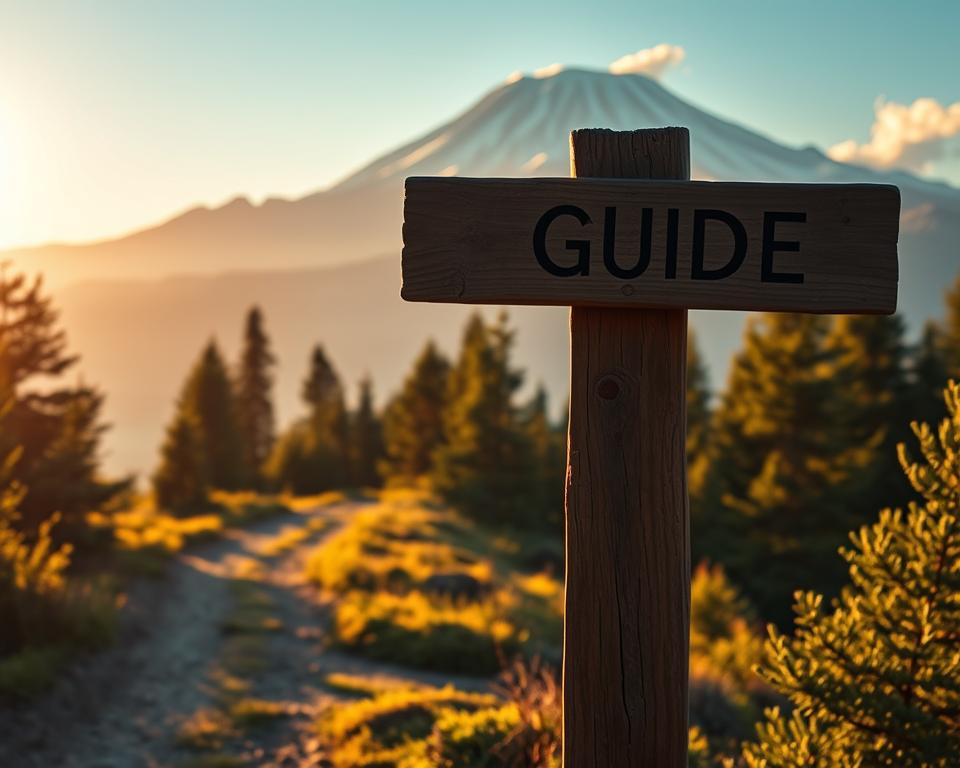Anúncios
Guides strategies still matter in 2025, but how do they stay useful across games and classrooms? You use a modern guide to learn faster, find what you need, and enjoy hobbies without wasting time.
From printed walkthroughs to wiki pages and short videos, a clear strategy guide can organize your approach and show steps you can follow. Many communities update wikis fast after patches, and classrooms adapt guide-style content to match grade bands for K–12 learning.
We set simple expectations: a guide can inform your plan, not replace judgment. Scan sources, compare notes, and balance screen time with real life. For financial or educational planning, you may also find a useful college planning guide, and remember to consult teachers or other professionals for personalized advice.
Why guides still matter in 2025: context, relevance, and where they fit in your digital life
Today, a modern guide blends print know-how with rapid online updates so you can learn faster and avoid dead ends. You get a mix of verified notes and community fixes that keep instruction useful after patches or edits.
What a strategy guide is today: it might be a printed book with maps, a wiki entry updated within hours, or a video walkthrough that shows exact moves. Publishers like Prima Games and Piggyback produced classic physical guides, while GameFAQs and IGN FAQs expanded access with user-submitted text. Recording tools like Fraps helped YouTube walkthroughs grow into clear, follow-along content.
Anúncios
Where classroom and community meet
In schools, evidence-based instruction uses step-by-step protocols. These classroom guides help teachers plan gradual release and discussion routines for better learning.
- Use a site wiki for quick fixes; check timestamps before you follow a route.
- Trust community-run pages like ArenaNet’s Guild Wars wiki for in-game links and updates.
- Remember history: BradyGames’ San Andreas guide missed pre-release details; errata mattered.
Balanced use means you treat any strategy guide as a starting point. Verify version notes, cross-check two sources, and respect fair play as you apply what you learn.
Guides strategies you can use now: plan, create, and refine content that works
Open by stating one specific point and the reader you intend to serve. Name the goal—like “help new players clear the first dungeon in 20 minutes”—and note the experience level of your audience.

Pick the right format
Choose text, images, or video based on the task. Use a short FAQ for quick lookup, picture-by-picture maps for routes, or a clipped video when timing matters.
Build from reliable sources
Cross-check official patch notes, developer posts, and community-tested threads on Fandom or IGN Wikis. Put the version and date at the top so readers can judge freshness.
Structure for action
- Write a clear point and audience line.
- List numbered steps with checkpoints and time estimates.
- Include maps, bestiary tables, and item lists where images explain faster.
Invite community review, keep a short changelog, and never include cheats or unsafe tips. Update promptly when a patch changes mechanics and note what you changed and when.
Connect, balance, and play: making guides a healthy part of your routine
Use communities and clear limits so a guide helps, not hijacks, your day. Find spaces that match your goals and respect your schedule. A good mix of active forums, a reliable site wiki, and official hubs keeps your learning current.
Find your community: forums, site wikis, and moderated spaces that fit your goals
Pick a moderated forum or official hub where rules are clear and edits show a version history. That makes any strategy guide easier to trust.
- Choose moderation: favor spaces with visible rules and active moderators.
- Show context: when you ask, list your version number and what you tried.
- Bookmark resources: save trusted pages and check patch notes before long sessions.
Set limits on time: use checkpoints and session plans to protect your schedule
Make a short session plan. Set one clear objective, a fixed time block, and a checkpoint to stop.
- Define the number of sessions to try a tough task.
- Take short breaks and rotate activities to stay fresh.
- Scale any intense strategy guides to match your comfort and your time.
Respect others: credit sources and follow community norms. A balanced approach keeps a guide useful and your play enjoyable.
Conclusion
Finish by choosing one clear point to try next, and let that shape your session. Use a strategy that matches your time and the version notes you have.
Treat any strategy guide as a tool to learn, connect, and play with intention. Favor sources with visible versioning and active community review, like official wikis and models such as ArenaNet’s pages.
Mix short text, annotated images, or clipped video to fit your attention span. Share updates, cite sources, and keep fairness and safety at the center of your play.
If you need tailored help—whether for classroom design, time management, or well-being—consult a teacher, counselor, or healthcare professional for personalized advice.



